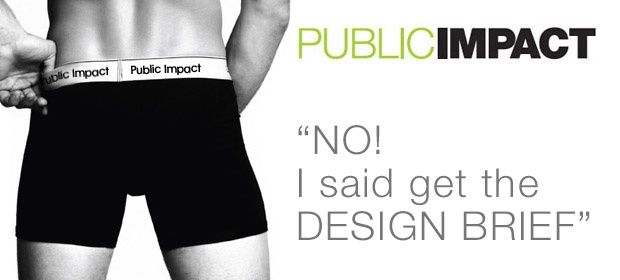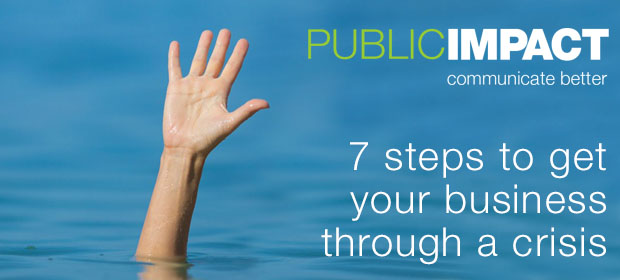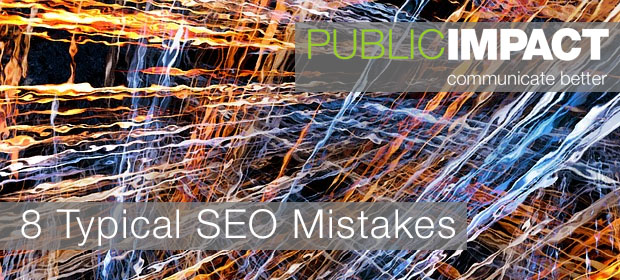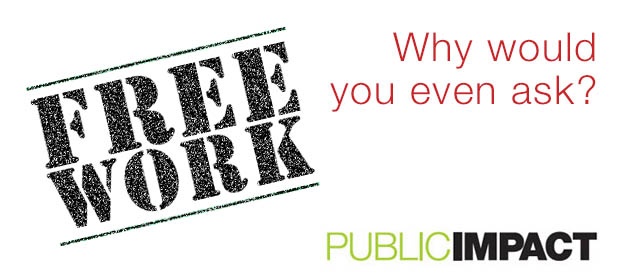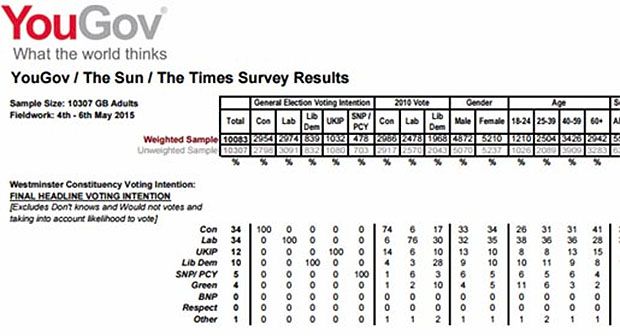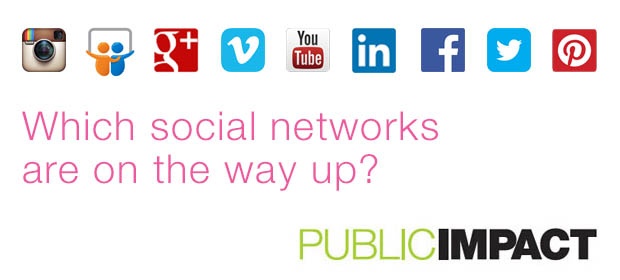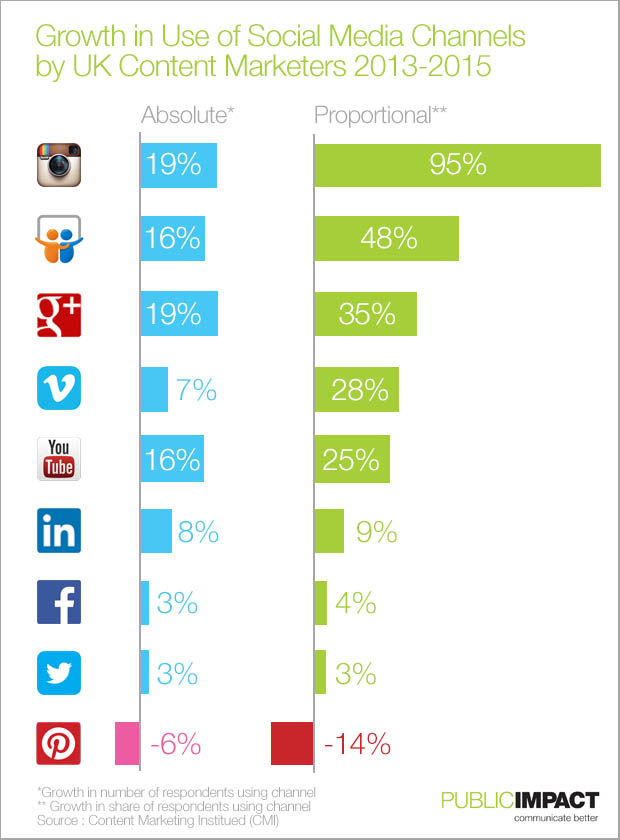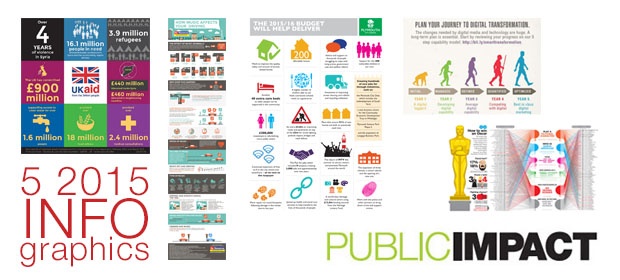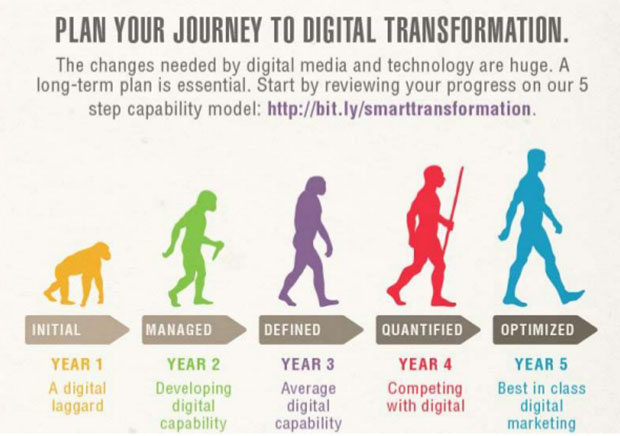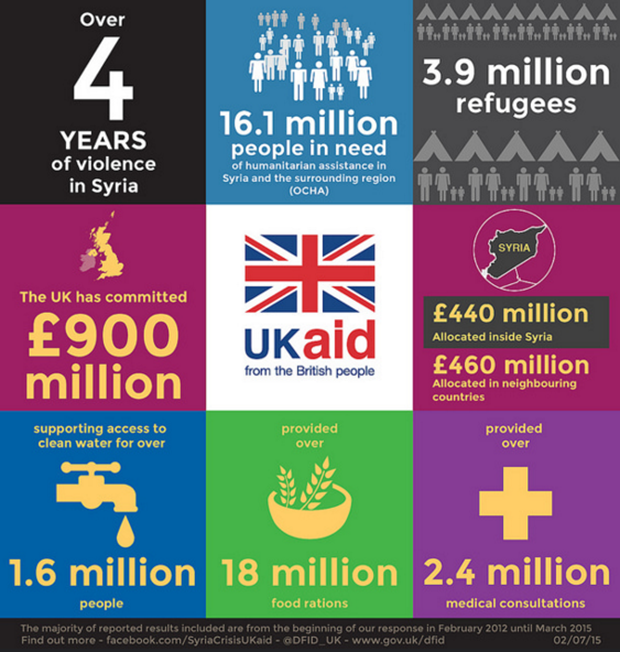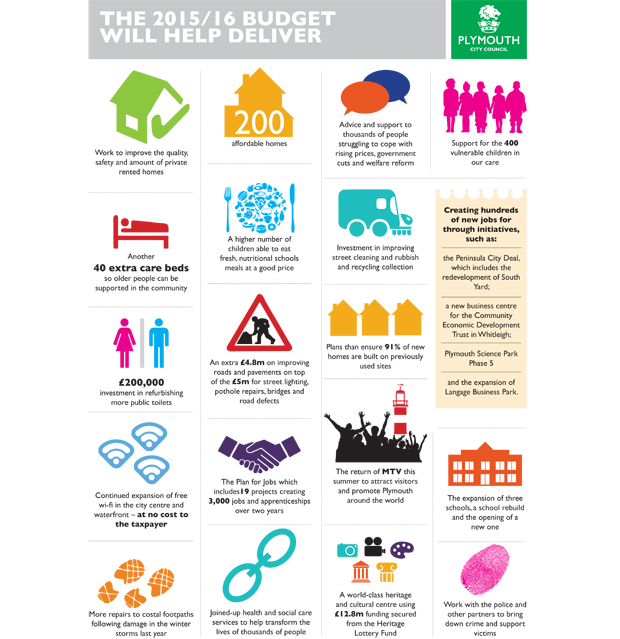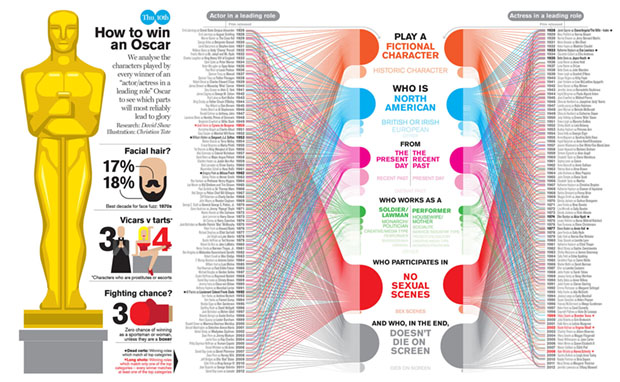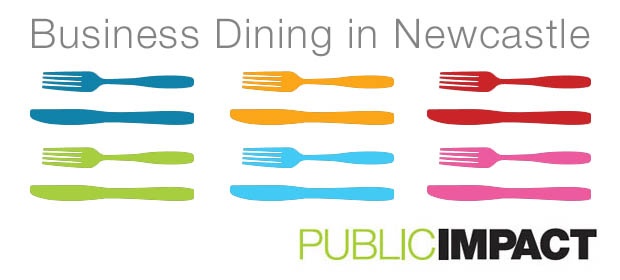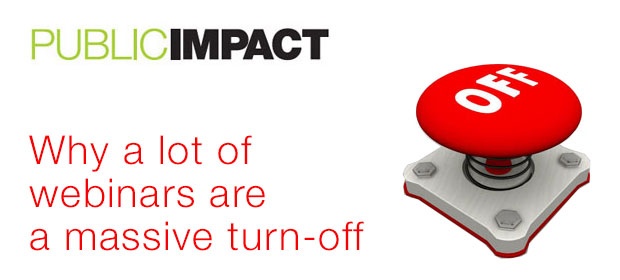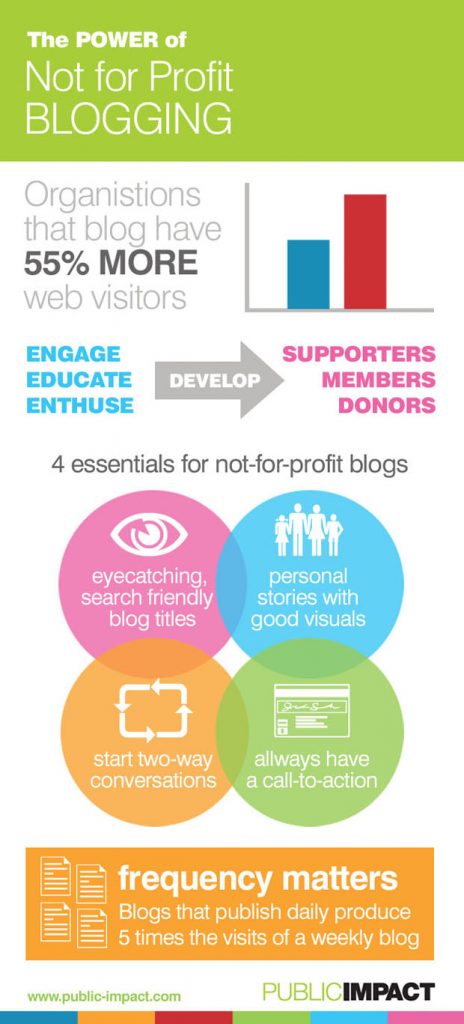Ever wondered why the design you get isn’t the design you want? Concerned that the perfect message piece you have envisioned isn’t anything like what you get?
So how to get the design you want?
The answer is to set the design brief properly.
Whether you are a designer or a client, an effective design brief is the single most critical factor in ensuring that a project is successful. You can also save money and make your marketing budgets go further by eliminating unnecessary agency fees on-the-fly modifications and author’s corrections. So how do I write a design brief?
What Is A Design Brief?
A design brief is something that is vital to any design project as it will provide the designer/agency with all the information needed to exceed your expectations.
A design brief:
should primarily focus on the results and outcomes of the design and the business objectives of the design project.
should not attempt to deal with the aesthetics of design;that is the job of the designer – don’t get a dog and bark yourself.
should make these things clear before any work starts on the project.
A good design brief will ensure that you get a high quality design that meets your needs, providing you have chosen the right designer. (see our guide on choosing agency).
How To Write An Effective Design Brief
If you answer these questions below in detail, your design brief will be 90% done… the other 10% will come from further questions from the designer after you submit your brief.
What does your business do?
Tip: Never assume that the designer will know anything about your company. Be clear and concise and avoid the jargon of your business sector.
- What does your company / organisation do?
- What is your company’s history?
What are the goals? Why?
- What is the ultimate goal of the project/campaign?
- What are you trying to communicate and why?
- Are you trying to sell more products or get awareness of your product / service?
- How do you differ from your competitors?
- Do you want to completely reinvent yourself or are you simply updating your promotional material?
Tip: You should also provide old promotional material to assist the designer.
Who is the target market?
- What are your target market’s demographics? ie. the age, gender, income, tastes, views, attitudes, employment, geography, lifestyle of those you want to reach.
- Who are your target customers, what do they read, what do they like – if you have typical customer ‘personas’ all the better.
Tip: If you have multiple audiences, rank them in terms of importance.
What copy (text) and pictures are needed?
- What copy needs to be included in the design? Who is providing the copy?
- What pictures / photographs / diagrams etc need to be used? Who is providing these?
Tip: This is one of the biggest problems designers face. If they are any good they will be able to help with some of it – but expect to pay for the service. Either way, best to plan in time for this.
What are the specifications?
- Where is it going to be printed / used? The web, business cards, stationery, on your car, along the side of a waggon?
- What size is the reproduction going to be?
- What other information should the designer know in regards to specifications?
Have you got a benchmark in mind?
- You should provide the designer with some examples of what you consider to be effective or relevant design even if it is from your main competitors. This will set a benchmark for your designer.
- Provide the designer with things not to do, and styles that you do not like or wish to see in your design. This will give the designer an idea of what to avoid and will avoid disappointment on your behalf.
What are the brand guidelines
The designer MUST be told of any requirements for presenting you corporate or product brand(s)
You should have a manual to hand over – or at least some logo specifications and high quality files. If you don’t have this click here to see how we can help with brand development and brand guidelines.
Tip: Without guidelines any designer will struggle to know what’s on brand and what isn’t – so if you don’t have this then best to address the problem.
What Is Your Budget?
- Providing a budget prevents designers wasting valuable time and resources when trying to maximise your budget.
- Providing the budget upfront also allows designers to know if the project is going to be worthwhile to complete. Make sure you are worth their time.
Tip: Designers ten to charge by the hour – so be aware of that and check the cost of any ‘extras’.
What is the time scale / deadline?
- Give the designer a realistic deadline for the completion of the work. You should take into account the various stages of the design project such as consultation, concept development, production and delivery.
Tip: Rushing design jobs helps no one and mistakes can be made if a complex job is pushed through without time to review, however, there are times when a rush job is needed, and in these cases you should be honest and upfront about it.
When you think about this is all common sense. Telling people what you want is the first step to getting what you want. If you don’t say what you want you tend to get what you deserve.
Revised from the Public Impact blog – Aug 2014.

